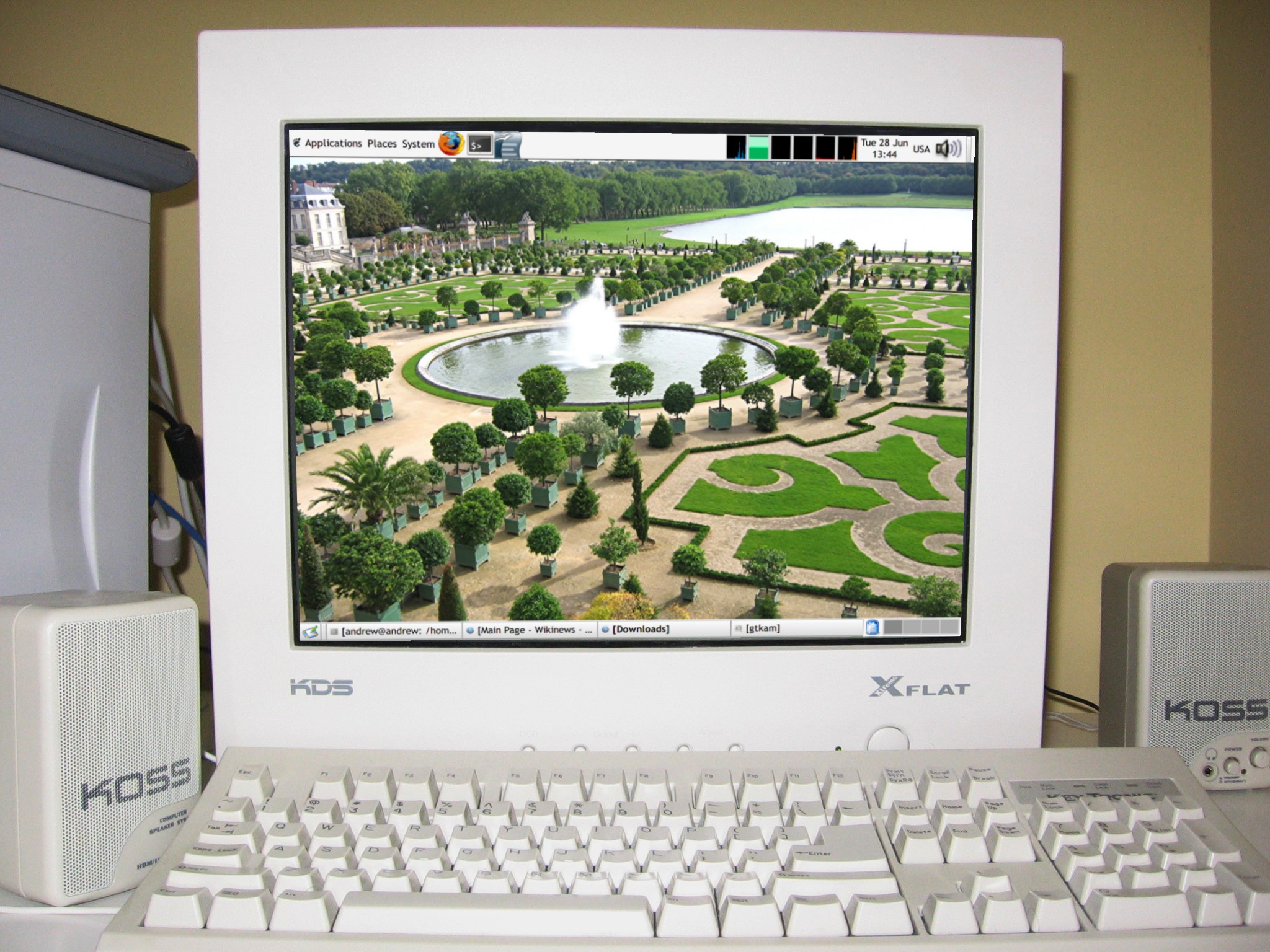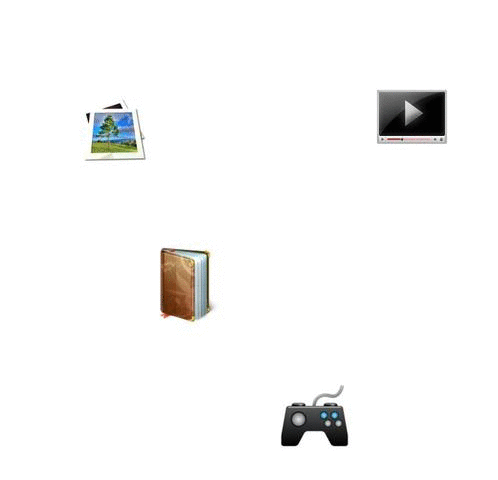|
User Modeling
User modeling is the subdivision of human–computer interaction which describes the process of building up and modifying a conceptual understanding of the user. The main goal of user modeling is customization and adaptation of systems to the user's specific needs. The system needs to "say the 'right' thing at the 'right' time in the 'right' way". To do so it needs an internal representation of the user. Another common purpose is modeling specific kinds of users, including modeling of their skills and declarative knowledge, for use in automatic software-tests. User-models can thus serve as a cheaper alternative to user testing but should not replace user testing. Background A user model is the collection and categorization of personal data associated with a specific user. A user model is a (data) structure that is used to capture certain characteristics about an individual user, and a user profile is the actual representation in a given user model. The process of obtaining the u ... [...More Info...] [...Related Items...] OR: [Wikipedia] [Google] [Baidu] |
Human–computer Interaction
Human–computer interaction (HCI) is research in the design and the use of computer technology, which focuses on the interfaces between people (users) and computers. HCI researchers observe the ways humans interact with computers and design technologies that allow humans to interact with computers in novel ways. A device that allows interaction between human being and a computer is known as a "Human-computer Interface (HCI)". As a field of research, human–computer interaction is situated at the intersection of computer science, behavioral sciences, design, media studies, and several other fields of study. The term was popularized by Stuart K. Card, Allen Newell, and Thomas P. Moran in their 1983 book, ''The Psychology of Human–Computer Interaction.'' The first known use was in 1975 by Carlisle. The term is intended to convey that, unlike other tools with specific and limited uses, computers have many uses which often involve an open-ended dialogue between the user and t ... [...More Info...] [...Related Items...] OR: [Wikipedia] [Google] [Baidu] |
Recommender System
A recommender system, or a recommendation system (sometimes replacing 'system' with a synonym such as platform or engine), is a subclass of information filtering system that provide suggestions for items that are most pertinent to a particular user. Typically, the suggestions refer to various decision-making processes, such as what product to purchase, what music to listen to, or what online news to read. Recommender systems are particularly useful when an individual needs to choose an item from a potentially overwhelming number of items that a service may offer. Recommender systems are used in a variety of areas, with commonly recognised examples taking the form of playlist generators for video and music services, product recommenders for online stores, or content recommenders for social media platforms and open web content recommenders.Pankaj Gupta, Ashish Goel, Jimmy Lin, Aneesh Sharma, Dong Wang, and Reza Bosagh ZadeWTF:The who-to-follow system at Twitter Proceedings of the ... [...More Info...] [...Related Items...] OR: [Wikipedia] [Google] [Baidu] |
User Profile
A user profile is a collection of settings and information associated with a user. It contains critical information that is used to identify an individual, such as their name, age, portrait photograph and individual characteristics such as knowledge or expertise. User profiles are most commonly present on social media websites such as Facebook, Instagram, and LinkedIn; and serve as voluntary digital identity of an individual, highlighting their key features and traits. In personal computing and operating systems, user profiles serve to categorise files, settings, and documents by individual user environments, known as ‘accounts’, allowing the operating system to be more friendly and catered to the user. Physical user profiles serve as identity documents such as passports, driving licenses and legal documents that are used to identify an individual under the legal system. A user profile can also be considered as the computer representation of a user model. A user model i ... [...More Info...] [...Related Items...] OR: [Wikipedia] [Google] [Baidu] |
Cognitive Model
A cognitive model is an approximation of one or more cognitive processes in humans or other animals for the purposes of comprehension and prediction. There are many types of cognitive models, and they can range from box-and-arrow diagrams to a set of equations to software programs that interact with the same tools that humans use to complete tasks (e.g., computer mouse and keyboard). Relationship to cognitive architectures Cognitive models can be developed within or without a cognitive architecture, though the two are not always easily distinguishable. In contrast to cognitive architectures, cognitive models tend to be focused on a single cognitive phenomenon or process (e.g., list learning), how two or more processes interact (e.g., visual search bsc1780 decision making), or making behavioral predictions for a specific task or tool (e.g., how instituting a new software package will affect productivity). Cognitive architectures tend to be focused on the structural properties of the m ... [...More Info...] [...Related Items...] OR: [Wikipedia] [Google] [Baidu] |
Personalization
Personalization (broadly known as customization) consists of tailoring a service or a product to accommodate specific individuals, sometimes tied to groups or segments of individuals. A wide variety of organizations use personalization to improve customer satisfaction, digital sales conversion, marketing results, branding, and improved website metrics as well as for advertising. Personalization is a key element in social media and recommender systems. Personalization is affecting every sector of society -- work, leisure, and citizenship. History of Personalization The idea of personalization is rooted in ancient rhetoric as part of the practice of an agent or communicator being responsive to the needs of the audience. When industrialization led to the rise of mass communication, the practice of message personalization diminished for a time. But the significant increase in the number of mass media outlets that use advertising as a primary revenue stream, and as they sought to at ... [...More Info...] [...Related Items...] OR: [Wikipedia] [Google] [Baidu] |
Europass
Europass is a European Union ( Directorate General for Education and Culture) initiative to increase transparency of qualification and mobility of citizens in Europe. It aims to make a person's skills and qualifications clearly understood throughout Europe (including the European Union, European Economic Area and EU candidate countries). The five Europass documents are the Curriculum Vitae, Language Passport, Europass Mobility, Certificate Supplement, and Diploma Supplement, sharing a common brand name and logo. Since 2012 individuals have been able to assemble all Europass documents in the European Skills Passport. Europass web portal The European Centre for the Development of Vocational Training (Cedefop) developed and maintains thEuropass portalin 27 languages. The portal is the reference resource of information related to the five Europass documents. Its purpose is also to help all users create, with a simple wizard, a personal electronic portfolio containing a curriculum vi ... [...More Info...] [...Related Items...] OR: [Wikipedia] [Google] [Baidu] |
Human Resource Management
Humans (''Homo sapiens'') are the most abundant and widespread species of primate, characterized by bipedalism and exceptional cognitive skills due to a large and complex brain. This has enabled the development of advanced tools, culture, and language. Humans are highly social and tend to live in complex social structures composed of many cooperating and competing groups, from families and kinship networks to political states. Social interactions between humans have established a wide variety of values, social norms, and rituals, which bolster human society. Its intelligence and its desire to understand and influence the environment and to explain and manipulate phenomena have motivated humanity's development of science, philosophy, mythology, religion, and other fields of study. Although some scientists equate the term ''humans'' with all members of the genus ''Homo'', in common usage, it generally refers to ''Homo sapiens'', the only extant member. Anatomically mode ... [...More Info...] [...Related Items...] OR: [Wikipedia] [Google] [Baidu] |
E-learning
Educational technology (commonly abbreviated as edutech, or edtech) is the combined use of computer hardware, software, and Education sciences, educational theory and practice to facilitate learning. When referred to with its abbreviation, edtech, it often refers to the industry of companies that create educational technology. In addition to the practical educational experience, educational technology is based on theoretical knowledge from various disciplines such as communication, education, psychology, sociology, artificial intelligence, and computer science. It encompasses several domains including Learning theory (education), learning theory, computer-based training, online learning, and m-learning where mobile technologies are used. Definition The Association for Educational Communications and Technology (AECT) has defined educational technology as "the study and ethical practice of facilitating learning and improving performance by creating, using and managing appropri ... [...More Info...] [...Related Items...] OR: [Wikipedia] [Google] [Baidu] |
Usability Testing
Usability testing is a technique used in user-centered interaction design to evaluate a product by testing it on users. This can be seen as an irreplaceable usability practice, since it gives direct input on how real users use the system. It is more concerned with the design intuitiveness of the product and tested with users who have no prior exposure to it. Such testing is paramount to the success of an end product as a fully functioning application that creates confusion amongst its users will not last for long. This is in contrast with usability inspection methods where experts use different methods to evaluate a user interface without involving users. Usability testing focuses on measuring a human-made product's capacity to meet its intended purposes. Examples of products that commonly benefit from usability testing are food, consumer products, websites or web applications, computer interfaces, documents, and devices. Usability testing measures the usability, or ease of use, ... [...More Info...] [...Related Items...] OR: [Wikipedia] [Google] [Baidu] |




